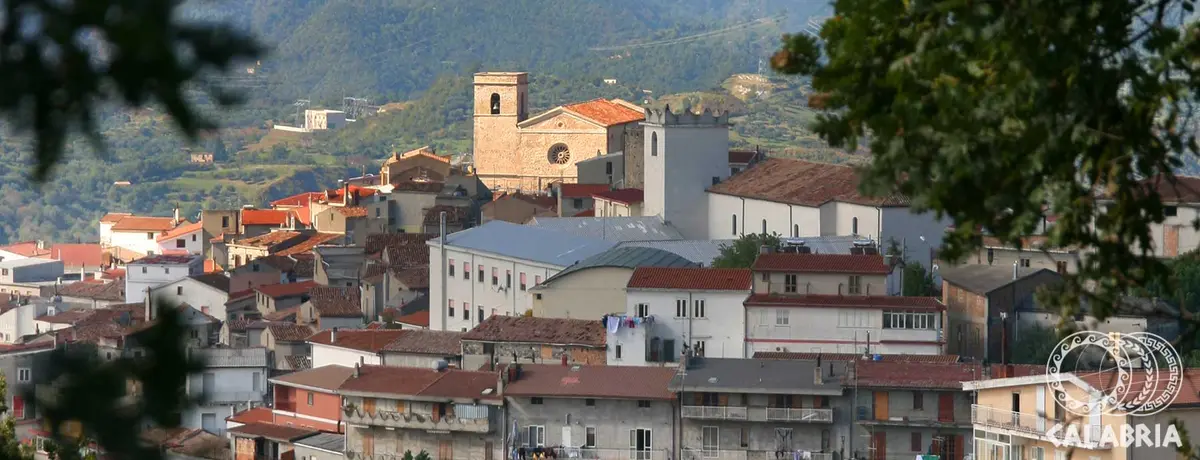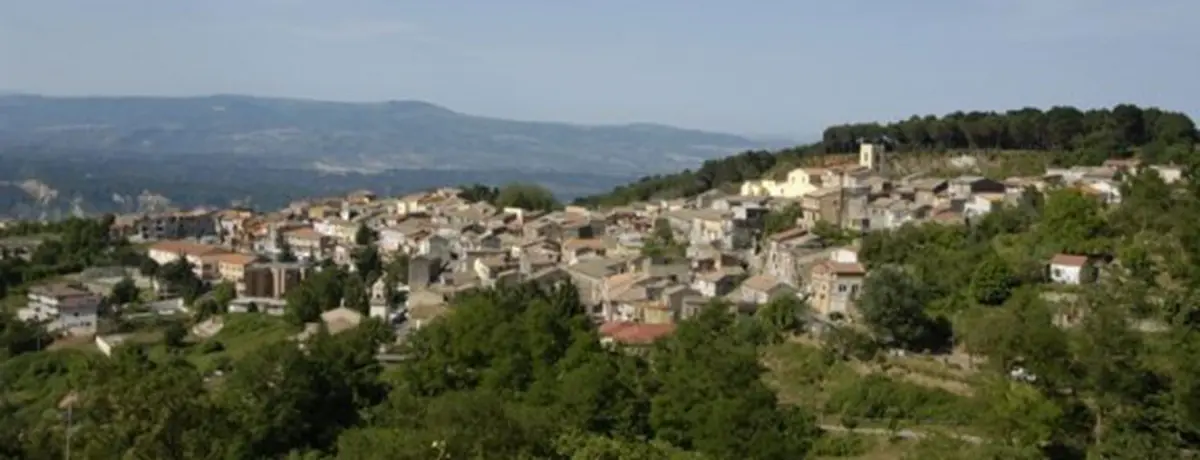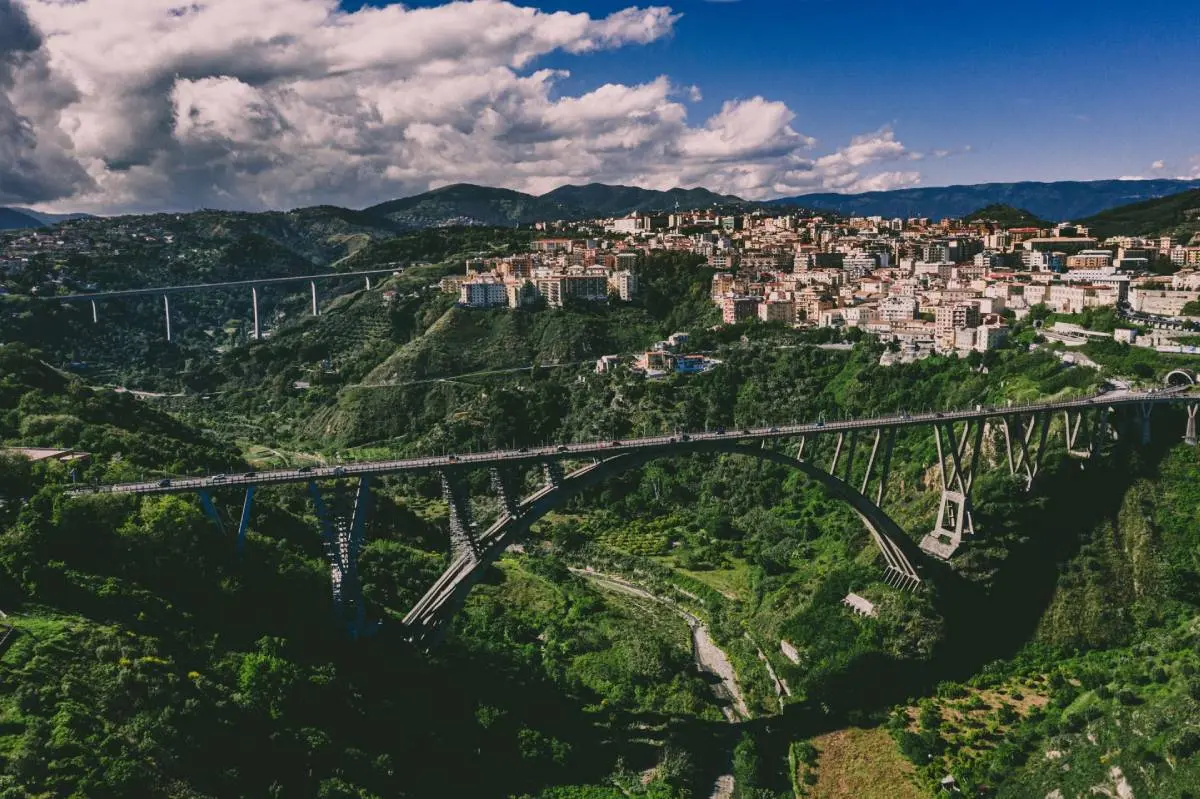Zagarise
Zagarise, the unspoilt beauty of Sila Piccola

Mountain
The ancient village of Zagarise opens onto the woods of Sila and is divided into two main centres. The first expands around the Norman tower and the Chiesa del Ritiro (Church of the Retreat) and the second is arranged around the Chiesa Madre (Mother Church). Both centres are traversed by paved streets and alleys covered with stone arches that connect the various dis-tricts and lead to a unique town overlooking the sea. The village is part of Sila National Park.
Zagarise is one of the municipalities in the province of Catanzaro that is a member of the National Association of Oil Cities, a group that aims to pro-tect, promote, and improve the extra virgin olive oil and the olive-growing regions.
Thanks to its surrounding, protective hills and the deep, spectacular valleys that slope down towards the sea, Zagarise benefits from a truly enviable position.
In fact, the area’s numerous active oil mills produce extra virgin olive oil of such high quality that it is exported abroad. The town centre benefits from a truly enviable position, both thanks to its surrounding, protective hills, and the deep, spectacular valleys that slope down towards the sea.
In the historic centre you can admire the 15th-century Church of Santa Ma-ria Assunta, which divides the centre in two, as well as the Silvestro Frangi-pane Museum of Sacred Art, annexed to the Church of Santa Maria Assun-ta, and the Borgo Antico (old village), which constitutes the oldest part of Zagarise and dates back to around 1200. In addition to its history and culture, Zagarise is also immersed in an area of unspoilt nature within Sila Piccola and benefits from numerous trails just waiting to be explored. Among them are the Timpe Rosse Canyon, a route among red sandstone rocks which is crossed by the Uria river; the Campanaro Falls, where you can marvel at the river Campanaro as it flows over rocks and in-between ferns and lianas; and Mount Gariglione, equipped with picnic areas with benches and tables and a panorama featuring both the Ionian and Tyrrhenian Seas. The Olive Oil and Peasant Civilization Museum is also well worth a visit.
Natural Areas
Surrounded by woods of beech trees and silver fir, the Rifugio Leone Grandinetti is located on the slopes of Mount Gariglione in the heart of Sila Piccola National Park above Zagarise. It was originally established on the in-itiative of the CAI (Italian Alpine Club) of Catanzaro and consists of two ren-ovated typical stone buildings dating back to 1929. One is used as a day-time reception area, whereas the other, consisting of two rooms with sepa-rate entrances and adjoining bathrooms, is used as a dormitory. Adventurous tourists simply must visit Orme nel Parco, the first "Adventure Park" in Calabria, which consists of an acrobatic park suspended among the trees of a beech forest. This eco-friendly park is located in Tiravolo, Sila Piccola at an altitude of 1700m and offers visitors a wide range of attrac-tions and activities. The Timpe Rosse Canyon is a pathway amongst sandstone rocks which are red in colour due to the iron-rich soil. On your walk you can admire the rocks’ varied geometric shapes. The natural landscape of the canyon is traversed by the river Uria and is also a nesting site of the Egyptian vulture. The Campanaro Falls are made up of rocks on which the river Campanaro flows between ferns and lianas. As you make your way to the waterfall, you will be able to admire several buildings from days gone by, including a pagliaro, a typical rural peasant building, and the remains of a bridge built in the 20th century which was bombed during the Second World War and sub-sequently rebuilt by local workers. The main road from Zagarise to Sila will lead you to Mount Gariglione. Along the route, hidden by pine and beech trees, you may be able to glimpse picnic areas equipped with benches and tables. From the summit, you will be able to take in a breath-taking panorama that spans both the Io-nian and Tyrrhenian Seas. A nearby wildlife farm managed by the state for-est breeds wild boars and is open to visitors. In terms of sporting activities, the mountainside lends itself perfectly to hiking and cross-country skiing.
The Olive Oil and Peasant Civilization Museum
The museum is housed in an old building featuring typical local masonry with stones of different shapes, river pebbles, and shards of clay. Inside the building, an old oil mill with stone millstones has been recovered. The mu-seum houses an exhibition of ancient equipment for the processing of olives as well as artefacts from the area’s olive-growing history. The Museum is an eco-museum rather than a traditional museum and helps promote awareness of the Silan culture, in particular that of Sila Piccola. The three essential components of an eco-museum are territory, popula-tion, and heritage, which includes all the elements that have been of particu-lar value to the community over time. The museum is therefore a touristic, cultural site that offers expert infor-mation and encourages the participation of citizens, organisations, and as-sociations.
The Silvestro Frangipane Museum of Sacred Art
The works of art displayed in the museum date back to the 17th and 19th centuries and consist of paintings found in the Church of the Convent of the Dominican Fathers and the Church of Santa Maria Assunta. The picture gal-lery was established in 1990 by parish priest Don Egidio Pudia, who put his heart and soul into ensuring that the 36 paintings and the wooden bas-relief kept in the museum were returned to the people of Zagarise in all their for-mer glory. The uniqueness of these canvases lies in the fact that each of them displays the name or the image of the client. This particular characteristic serves as a reminder of the close relationship that exists between the works of art and the local community itself. Some of the art works are painted in colours closely related to highly cultured pictorial iconographies.
The Norman Tower
Dating back to around the thirteenth and fourteenth centuries, this colossal cylindrical tower is one of the numerous fortifications that the invading Nor-mans, led by Robert Guiscard, built in the region of Calabria. The tower was most likely the lookout of another more important castle. Interestingly, there is no evidence to suggest that similar buildings were constructed around it. For this reason, we can assume that its current appearance reflects the original one, with its many ornaments and beautiful crenellations that, until recently, adorned its summit.
Gastronomia
Over the years, the local cuisine has retained the simplicity and authenticity of yesteryear. Typical dishes include fried potatoes, frissurata (a dish of ba-con, sirloin, liver, and pork fat sprinkled with chilli pepper), and pitta fritta (a type of flatbread made with water and flour). Depending on the time of year, particularly for seasonal festivals, the local cuisine is garnished with the various species of mushrooms that grow in the area. The area’s desserts, however, deserve a whole chapter to themselves. Some typical sweet dishes include tardilli made with eggs and flour and covered with honey; figs arranged in cross shapes and stuffed with walnuts and cinnamon; pitta 'nchiusa, a ladybird-shaped sweet pastry stuffed with raisins, walnuts, sugar, and cinnamon; and nipitella, a calzone with raisins, ground walnuts, cloves, and cooked wine.
Useful information
What to know about Zagarise
Where to Sleep
There are 1 available accommodations.
Travel Ideas
There are 4 travel ideas.
Infopoint Zagarise
Corso Garibaldi, 4, Zagarise
No result









